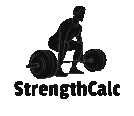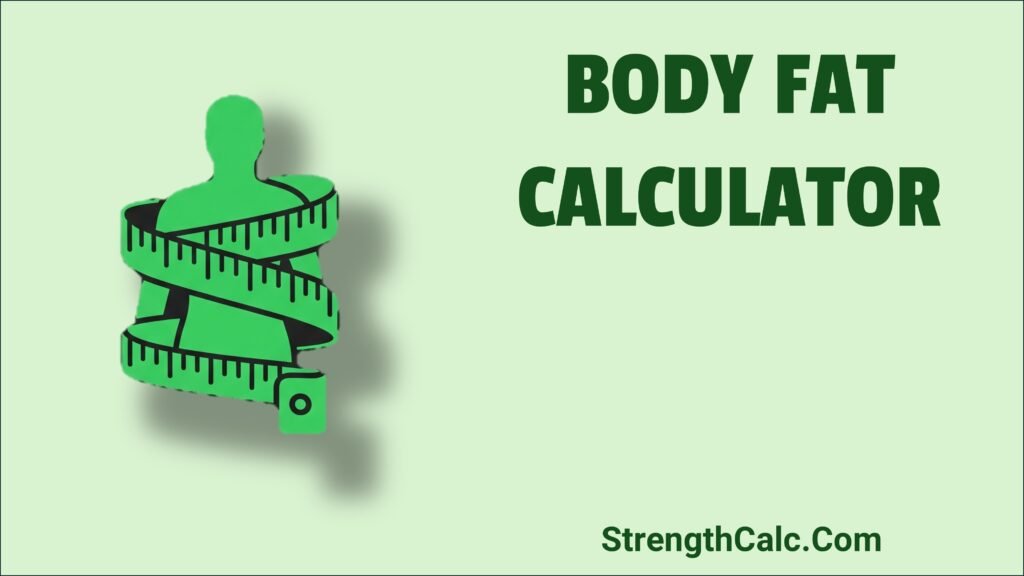If you’re looking to estimate your body fat percentage quickly and without expensive equipment, the Body Fat Calculator (U.S. Navy Method) is a practical and accessible solution. Based on straightforward body measurements, this method is widely used for its simplicity and relatively reliable results.
What Is the U.S. Navy Body Fat Formula?
The U.S. Navy developed a method for estimating body fat percentage using circumference measurements. Unlike more advanced tools like DEXA scans or hydrostatic weighing, this method only requires a tape measure and a few body stats:
- For men: height, neck circumference, and waist circumference (at the navel).
- For women: height, neck circumference, waist circumference (at the narrowest point), and hip circumference (at the widest point).
Using these inputs, the calculator applies gender-specific logarithmic formulas to estimate your body fat percentage.
How to Use the Calculator
To get the most accurate estimate:
- Choose your gender and unit system (inches or centimeters).
- Enter your body weight.
- Provide your height.
- Measure your neck just below the Adam’s apple.
- Measure your waist (men: at the navel; women: at the narrowest part).
- If you’re a woman, also measure your hips at the widest point.
- Click “Calculate Body Fat” to get your estimated body fat percentage, fat mass, and lean mass.
Why Body Fat Percentage Matters
Body fat percentage is a much more informative measure of fitness than body weight alone. Two people might weigh the same but have very different body compositions:
- Someone with low body fat and high muscle mass is likely more metabolically healthy.
- A high percentage of body fat increases the risk of conditions such as heart disease, type 2 diabetes, and metabolic syndrome.
Whether you’re cutting, bulking, or just monitoring your health, knowing your body fat can help you adjust your diet and training.
Classification Ranges
The calculator includes a table based on Jackson & Pollock classifications to help you understand your result. These categories range from Essential Fat to Obese, giving context for where you stand:
| Classification | Women (% fat) | Men (% fat) |
|---|---|---|
| Essential Fat | 10 – 13% | 2 – 5% |
| Athletes | 14 – 20% | 6 – 13% |
| Fitness | 21 – 24% | 14 – 17% |
| Acceptable | 25 – 31% | 18 – 24% |
| Obese | 32%+ | 25%+ |
The calculator highlights your classification based on your result.
Benefits of Using the U.S. Navy Method
- No special tools required: Just a tape measure.
- Quick and easy to use: Enter data and get results in seconds.
- Trackable over time: Great for monitoring changes in your body composition.
Limitations of This Method
Like any estimation method, the Navy formula has a margin of error (typically ±1–3% compared to DEXA scans). It assumes average proportions and doesn’t account for body shape variations, muscle distribution, or bone density.
Tip: The key is consistency. Even if your result isn’t perfect, measuring the same way every time lets you track progress effectively.
Fat Mass vs. Lean Mass
The calculator also gives you:
- Fat Mass – the total weight of fat tissue.
- Lean Mass – everything else: muscles, bones, water, organs.
These values help paint a complete picture of your body composition.
Should You Be Concerned About Body Fat?
That depends on your goals. Here’s a rough guide:
- Athletes may aim for lower levels for performance reasons.
- Everyday lifters often target the fitness range (13–18% men, 20–25% women).
- Health-focused individuals should avoid being in the obese range for long-term health.
Final Thoughts
The Body Fat Calculator (U.S. Navy Method) is one of the most practical tools you can use for tracking your physique. It’s not perfect, but it’s far more useful than just weighing yourself. Whether you’re a strength athlete, CrossFitter, or just trying to get in better shape, it’s a great starting point.
Try it now, and keep checking regularly as your training and nutrition progress.

